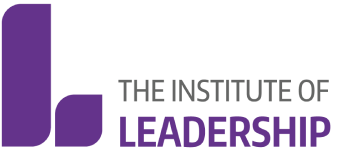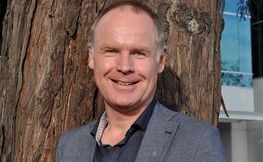Future readiness needs leaders who are prepared for a business environment which is subject to rapid and uncertain changes in technology, consumer demand, political and legal frameworks and to face threats which are not yet quantified or even apparent on the horizon.
Alvin Toffler (1970) wrote in his prophetic book “Future Shock” that we were heading for a time when the steady state of using past performance to predict the future would end and we would enter an age of uncertainty in every dimension of our business lives. This change would breed insecurity, pain and paralysis. His prescription was that we become masters of dealing with uncertainty, comfortable with change and engage with it rather than trying to hold onto the past.
There is a way through this seemingly chaotic environment and leaders who can successfully steer their organisation today and tomorrow have the following characteristics:

Digital Leadership
Digital processes are now an integral part of organisations, and leaders now have to think differently, behave differently and be more aware of their emotional responses.
Digital leaders can think creatively, solve problems, work in teams and respond rapidly to changing opportunities and threats when faced with incomplete data. They need to be comfortable with constant transformation and change in both technology and information but also help others to be comfortable too. They are not the technicians but are able to embed learning and change into the organisation and make it work.
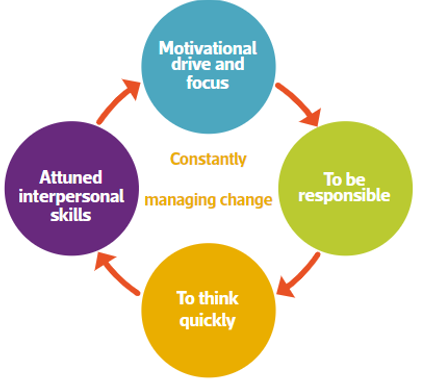
Making digital leadership work in your organisation means assessing where leaders and potential leaders possess these competencies and trying to select and train those with the greatest potential to become digital leaders.
Trend Spotting
In a chaotic world the only certainty is that the past does not predict the future. So just because you have had a successful product is no guarantee that it will continue to be successful. The average life expectancy of a Fortune 500 company has shrunk from 75 years to 15 and is set to shorten even further. Actively ‘hunting down’ new trends is the only way to stay ahead of the curve.
Trends show where people are moving in a shared direction. Your products can be helped by trends or harmed by them. Innovation, spotting an opportunity between unrelated possibilities, creating or responding to a new trend quicker than the competition is essential for survival. Gutsche (2015) argues that to be a trend spotter a leader must awaken their inner hunter by taking time to hunt down new opportunities and to capture those opportunities by consciously acting upon possibilities. Hunters are curious, insatiable, and disruptive.
Fail to act in an ever-changing market place will lead to extinction. To ensure you keep ahead, it is essential that you don’t fall in love with your existing products to the exclusion of all new possibilities.
Every single member of an organisation can be incentivised to look for opportunities. There are also many online resources which can support in this task. Don’t forget to understand your consumers and potential consumers too.
Scenario planning and other methods of forecasting
Uncertainties are dangerous to business and can damage shareholder value and investment possibilities. Many of the old methods used to reduce future uncertainty using quantitative data such as sales or ROI from the past or even the collective qualitative experience of industry leaders (The Delphi Technique) now have lower reliability because of the volatility in the business environment.
Scenario planning, a technique derived from the military to plan for yet unidentified conflicts, still has some merit however, provided the scenarios are up to date, can be adjusted over time and take account of a wide number of dimensions in the environment.
‘Risk adjusted forecasting’ generates a range of possible outcomes (not just one) based upon the potential influence of a range or risk variables (the so called PESTLE variables). If the risks are known then Boards can plan to them and the company is in effect inoculated from capital shocks derived from unforeseen events. The big change is that risk adjusted forecasting looks forwards rather than backwards for its data and is consistent with a future readiness approach:
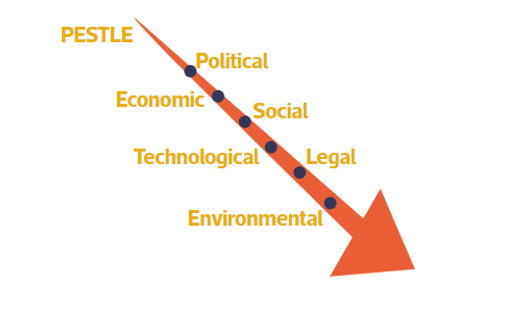
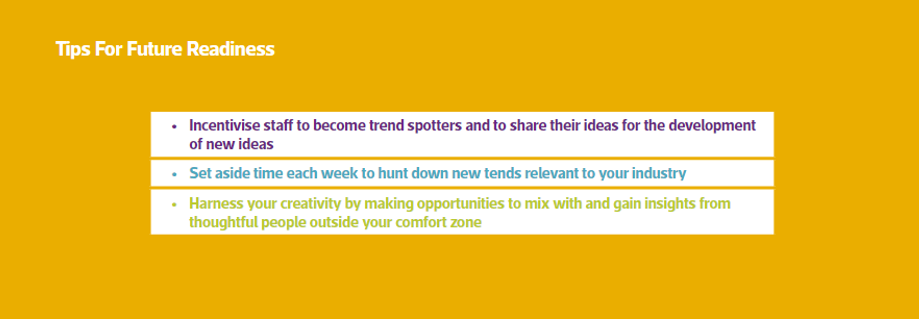
References
Deloitte UK. (2017). Decoding Digital Leadership Accessed Http://www2.Deloitte.com/Uk/En/Pages/Technology/Articles/Building-Your-Digital-Dna.html Deloitte US. (2013). Risk-Adjusted Forecasting: More Certainty For Planning The Wall Street Journal, 3rd October.Gibson, R. (2011). Rethinking The Future: Rethinking Business, Principles, Competition, Control & Complexity, Leadership, Markets And The World. Nicholas Brealey Publishers, London & BostonGutsche,J. (2015). Better And Faster Crown Business: New YorkKane, G., Palmer, D., Nguyen-Philips, A., Koran, D., Buckley, N. (2015). Strategy, Not Technology, Drives Digital Transformation Becoming A Digitally Mature Enterprise Sloan Management Review Summer 2015 Research Report Toffler A., (1970). Future Shock Random House: New York
How future-ready are you? Test yourself with our Scorecard.
If you’re a member, you can test yourself on your Future-Readiness skills and see if you meet the standard.
Spotlights
Further Resources
From the Blog
